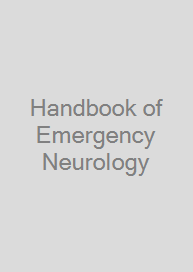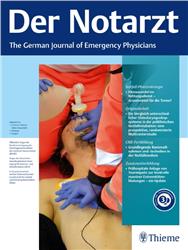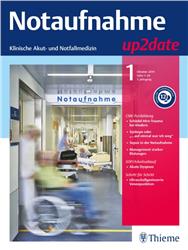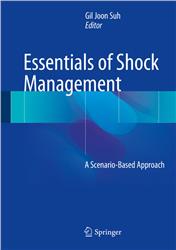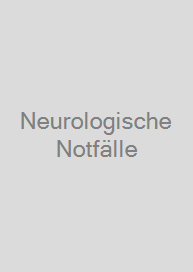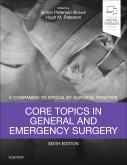Handbook of Emergency Neurology
| Auflage | 2023 |
| Verlag | Warner Home Entertainment |
| ISBN | 9781009439893 |
| Artikel-Nr. | 682157 |
Noch nicht erschienen, ca. Aug. Liefertermin 1-3 Tage nach Erscheinen
Produktbeschreibung
Patients with neurologic symptoms are frequently seen in the emergency department and require rapid and thorough evaluation. Appropriate assessment with tailored history-taking, localization of the neurological problem, differential diagnosis, focused testing, and urgent treatment when indicated are essential to prevent patient morbidity. Neurological examination and testing of patients are covered in-depth, along with common neurological presentations using a symptom-based approach, such as coma, dizziness and gait disturbance. Specific neurological disorders are also explored, including traumatic brain injury, ischemic stroke and transient ischemic attack and neurotoxicology. Chapters follow a basic outline, including an introduction and a pearls and pitfalls section, providing a succinct overview and key takeaway points for the busy clinician. This well organized handbook will serve as a concise, valued reference for the clinician to use in assisting the evaluation of the most common neurology related emergency department visits.
Written collaboratively by an emergency physician and a neurologist, this handbook combines each speciality's expertise with best practices for emergency medical care, ensuring general readers will be prepared for neurological emergencies
Chapters follow a basic outline, including an introduction and a pearls and pitfalls section, providing a succinct overview of each chapter and key takeaway points for the busy clinician
Presenting up to date advice and techniques in this rapidly evolving field, this handy guide is written by leading experts in emergency neurology
Written collaboratively by an emergency physician and a neurologist, this handbook combines each speciality's expertise with best practices for emergency medical care, ensuring general readers will be prepared for neurological emergencies
Chapters follow a basic outline, including an introduction and a pearls and pitfalls section, providing a succinct overview of each chapter and key takeaway points for the busy clinician
Presenting up to date advice and techniques in this rapidly evolving field, this handy guide is written by leading experts in emergency neurology
Fachzeitschriften

Bleiben Sie informiert!
Melden Sie sich für den frohberg.de-Newsletter an und nutzen Sie jetzt Ihre Vorteil:- Willkommens-Dankeschön: Beatmungsmaske Rescue Me
- Aktuelle Neuerscheinungen und Empfehlungen
- Exklusive Angebote und Kongress-Highlights
